Samburu National Reserve
14/05/2023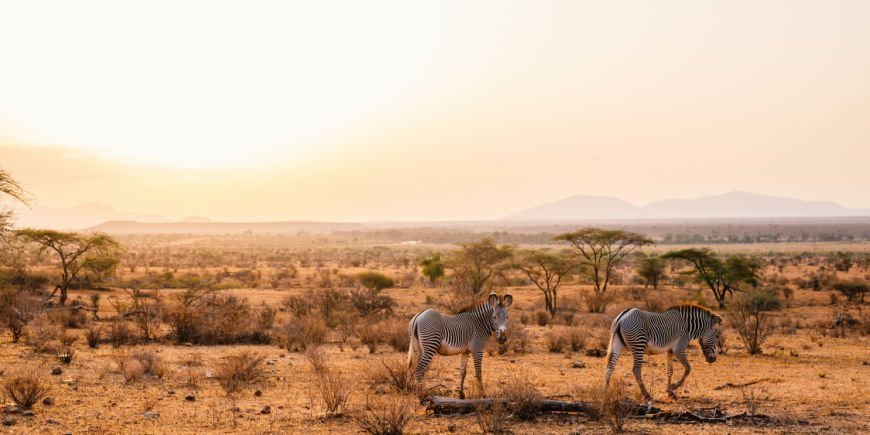
In Kenya, 345 km from the capital Nairobi, on the banks of the Ewaso Ng’iro River is the Samburu National Reserve.
The game reserve might not be large, but the area in and around Samburu radiates with its scenic landscapes, its iconic wildlife and fascinating tribespeople.
Curious to learn more?
Fall a little more in love with Samburu below and find out why you should visit the beautiful park.
Samburu’s dry landscapes
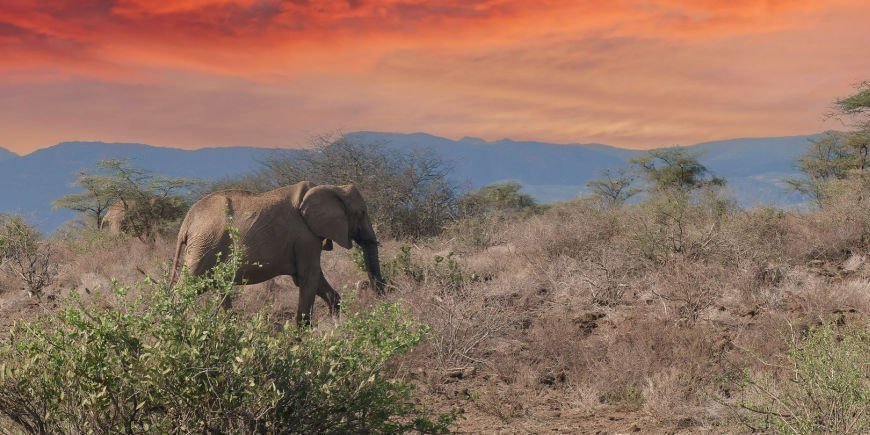
In the southern part of Samburu county, you’ll find the 3 reserves: Samburu National Reserve (165 km2), Buffalo Springs (131 km2) and Shaba National Reserve (239 km2), which together offer unique experiences, whether you want to see wildlife or nature.
Located at 800-1,230 AMSL, Samburu has an almost plateau-like landscape. Lava plains with sporadic steep canyons are bordered by rounded hilltops on the horizon. Far-reaching skies and soil that changes from reddish brown to an almost ash grey are to be found here.
And it’s dry!
The dry landscapes can be an advantage when you go on safari. Dry landscapes mean that it’s easier to see the animals, as they can’t hide in the lush greenery that you find elsewhere in Kenya.
But Samburu also offers both green oases that have arisen from various fresh water sources and the “brown river”, Ewaso Ng’iro, located on Samburu’s southern border with Buffalo Springs. The river gives life to the area’s wildlife, as animals like to congregate where they can find water.
If you primarily wish to see animals, you should focus in particular on Samburu National Reserve and Buffalo Springs. But if you mostly dream of experiencing the nature in the area, you should also visit Shaba National Reserve, which is better known for its scenic, contrasting landscapes than for its wildlife.
The wildlife of Samburu
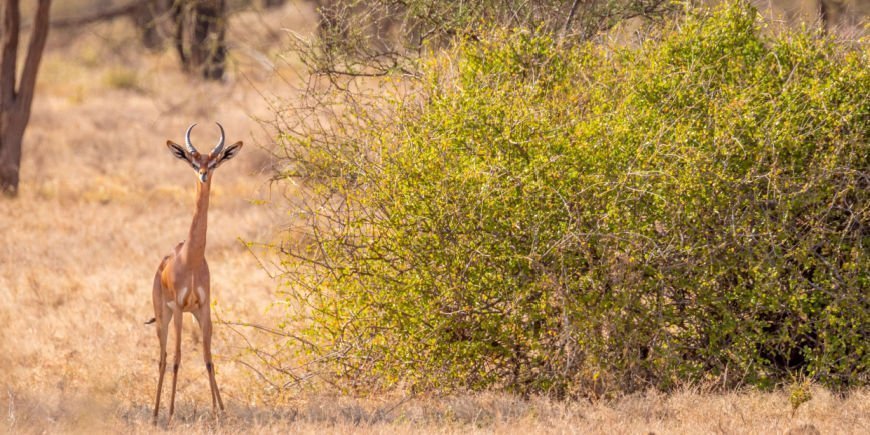
As mentioned above, Samburu and Buffalo Springs are where you’ll find the most animals in the district.
The dry landscapes that characterise the area also have an influence on which animals you’ll find here.
One of the biggest draws is the “special five”, which have adapted to the dry climate and hilly terrain. The “special five” are: The Beisa oryx, the reticulated giraffe, Grevy’s zebra, the Gerenuk antelope and the Somali ostrich, all of which thrive in the dry landscapes of Samburu.
Besides the special five, you can experience large herds of elephants, big cats such as lions, leopards and cheetahs, gazelles, hippos, buffaloes, hyenas and many more. A large number of bird species also live here, and Samburu can, in fact, boast of having more than 450 different bird species recorded here, including the vulturine guinea fowl and the lesser kestrel.
The Samburu people
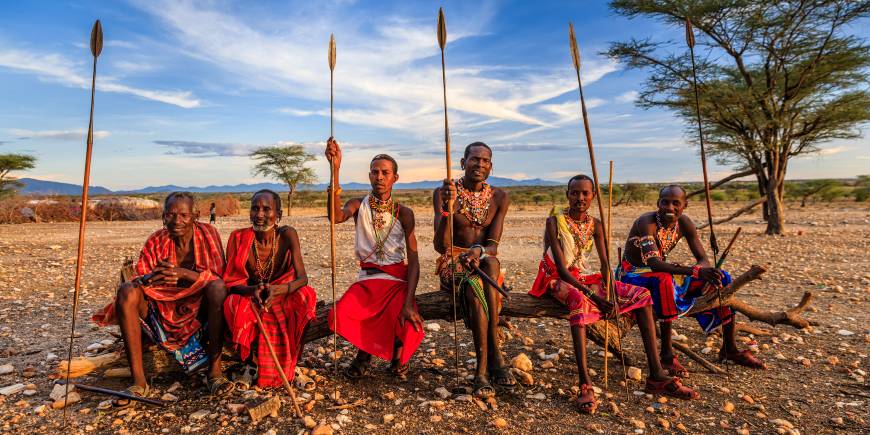
The Samburu people, after whom the park is named, are perhaps one of Kenya’s most interesting tribes.
They are known for their traditional way of life, which remains relatively untouched by Western influence to this day. Their lives are centred around their animals, and their diet consists primarily of milk and blood from their cows. As the area in Samburu is dry, they regularly move in search of fresh grass.
The Samburu people are related to the Masai and, like the Masai, are dressed in colourful clothing. Their traditional costumes are primarily red and adorned with colourful jewellery. And dance is a big part of their culture. The dance is similar to the one we see the Masai doing, where the men dance in circles and can jump really high.
You’ll meet the Samburu people in small communities when you’re on safari in the reserves.
Why should you visit Samburu?
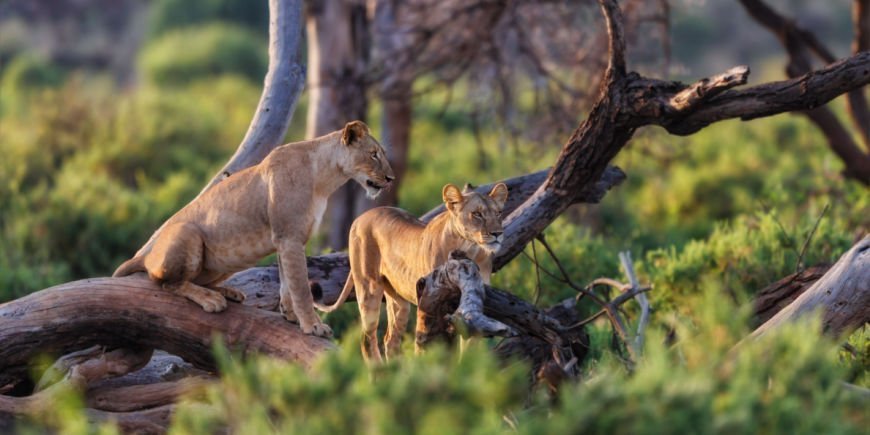
Samburu is for those who may have been to Kenya before, but who wish to experience even more of what Kenya has to offer as a safari destination. Or for those who wish to get off the beaten track and experience an area with nature and culture that few people get to experience.
Samburu’s popularity has increased in recent years, but compared to some of the more popular reserves and national parks, Samburu attracts fewer visitors, and you therefore enjoy a more intimate safari experience here. And there are some very special wildlife experiences to be had here – and only here – such as the special five.
TourCompass – From tourist to traveller
